20150601 (via http://flic.kr/p/uP7mzZ )

20150601 (via http://flic.kr/p/uP7mzZ )

20150601 (via http://flic.kr/p/uP7mzZ )

in dark warrior mood by lars on mars (via http://flic.kr/p/u8hBfA )
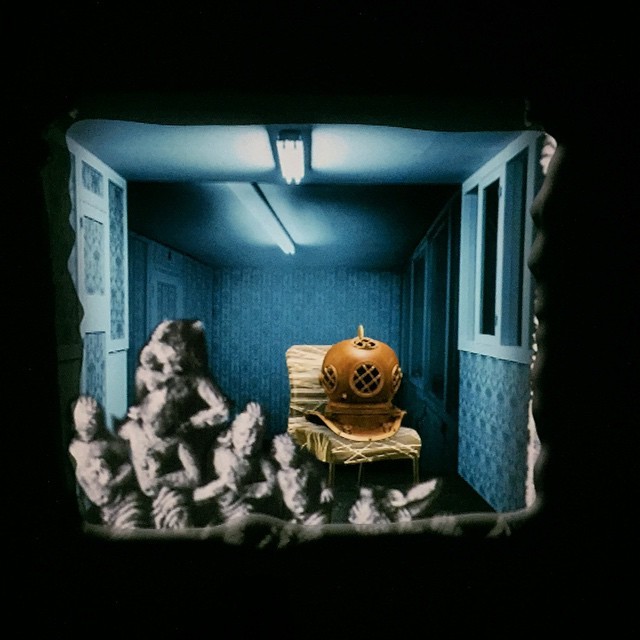
Fever, Fever. Getting ready. #raqsmediacollective by monixa (via https://instagram.com/p/4RJD7MG2vy/)

Mycena chlorophos by steveax1 (via http://flic.kr/p/dXo81q )

_C146059-Edit-HELICON by steveax1 (via http://flic.kr/p/qkztzo )

CRW_1835 by steveax1 (via http://flic.kr/p/tGAPoe )

by maratsafin (via http://flic.kr/p/nCDn7N )

Bleeding Rainbows by BLACK EYED SUZY (via http://flic.kr/p/uvhBHp )

Artificial pools by Astro_Alex (via http://flic.kr/p/uKREvC )
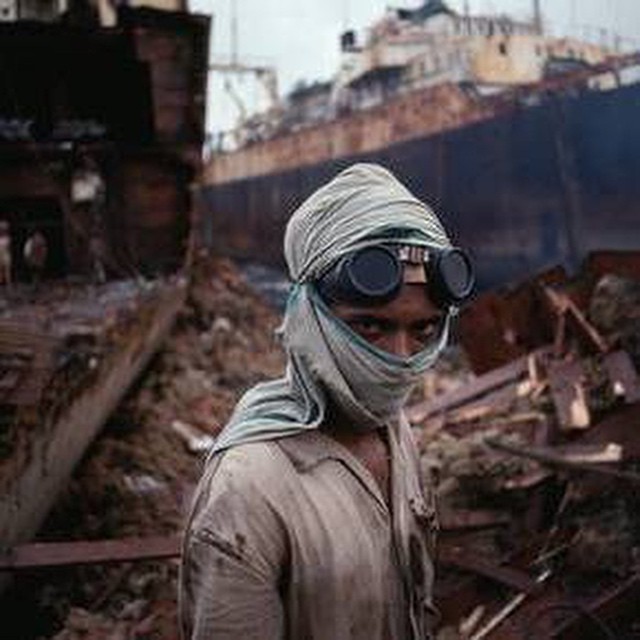
Kantate 72.com
Steve McCurry
India by wolfgang7268 (via https://instagram.com/p/4OLz6ciTFa/)
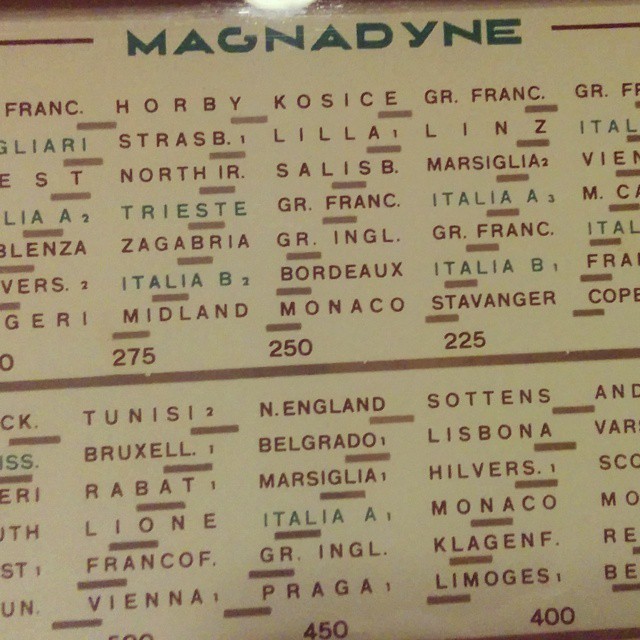
Magnadyne #Vintage #radio #detail before the Internet shows a list of European #cities - #Signal #Spectrum #Frequency - Immaterial topology - so far, so close by jaromilrojo (via https://instagram.com/p/4Ev7FVm0_i/)



sunday. by (x)99. (via http://flic.kr/p/uGDN67 )

grid by snowghoul (via http://flic.kr/p/v1FSw3 )

Tagebau Garzweiler Black&White by OlafEckhardt (via http://flic.kr/p/ef3WLB )

Garzweiler I - form distributor by zenofar (via http://flic.kr/p/rmRmjd )


saturday. by (x)99. (via http://flic.kr/p/tZaDxx )

Night Vision by Reuben Wu (via http://flic.kr/p/u1yjJj )

China desert by Astro_Alex (via http://flic.kr/p/u2c3h7 )

fridge brain by lars on mars (via http://flic.kr/p/uZkHM8 )

Roni Horn by silav (via http://flic.kr/p/uvwohg )
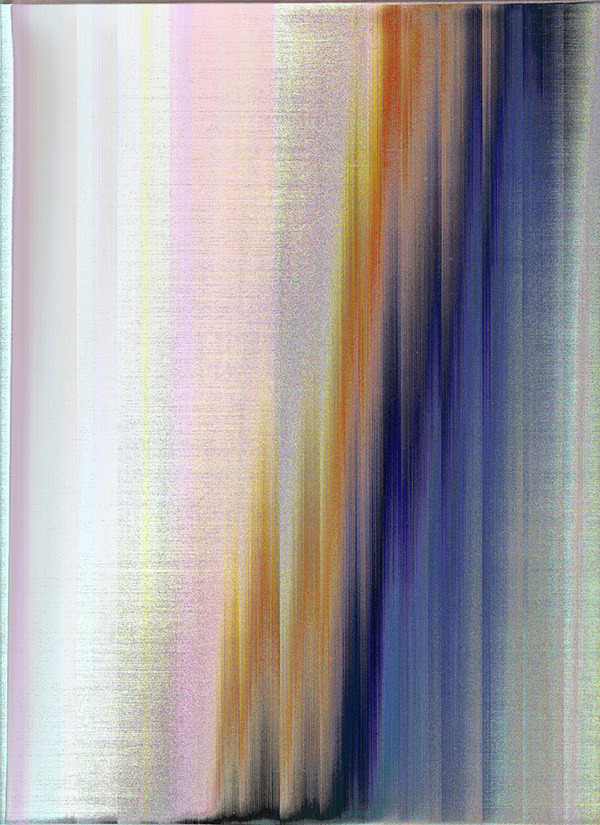


by lunar-rental-suite (via http://flic.kr/p/hRNVbG )
One of the challenges of neural networks is understanding what exactly goes on at each layer. We know that after training, each layer progressively extracts higher and higher-level features of the image, until the final layer essentially makes a decision on what the image shows. For example, the first layer maybe looks for edges or corners. Intermediate layers interpret the basic features to look for overall shapes or components, like a door or a leaf. The final few layers assemble those into complete interpretations–these neurons activate in response to very complex things such as entire buildings or trees. One way to visualize what goes on is to turn the network upside down and ask it to enhance an input image in such a way as to elicit a particular interpretation. Say you want to know what sort of image would result in %E2%80%9CBanana.%E2%80%9D Start with an image full of random noise, then gradually tweak the image towards what the neural net considers a banana
http://googleresearch.blogspot.be/2015/06/inceptionism-going-deeper-into-neural.html
Pembient, based in San Francisco uses keratin – a type of fibrous protein – and rhino DNA to produce a dried powder which is then 3D printed into synthetic rhino horns which is genetically and spectrographically similar to original rhino horns.The company plans to release a beer brewed with the synthetic horn later this year in the Chinese market. The Chinese and Vietnamese rhino horn craze has caused an unprecedented surge in rhino poaching throughout Africa and Asia bringing the animal to the brink of extinction. In South Africa, home to 80 percent of Africa’s rhino population, 1,215 rhinos were killed in 2014.


The results are intriguing—even a relatively simple neural network can be used to over-interpret an image, just like as children we enjoyed watching clouds and interpreting the random shapes. This network was trained mostly on images of animals, so naturally it tends to interpret shapes as animals. But because the data is stored at such a high abstraction, the results are an interesting remix of these learned features.
http://googleresearch.blogspot.be/2015/06/inceptionism-going-deeper-into-neural.html
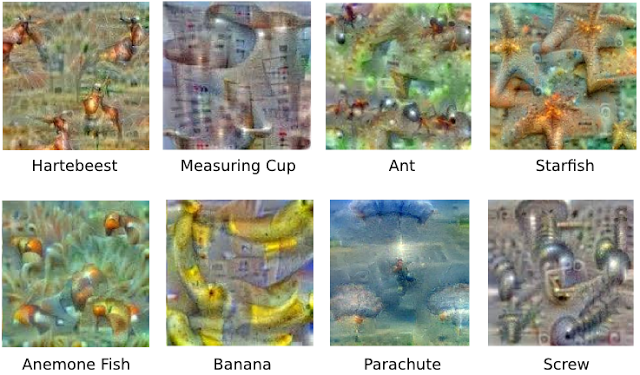
Instead of exactly prescribing which feature we want the network to amplify, we can also let the network make that decision. In this case we simply feed the network an arbitrary image or photo and let the network analyze the picture. We then pick a layer and ask the network to enhance whatever it detected. Each layer of the network deals with features at a different level of abstraction, so the complexity of features we generate depends on which layer we choose to enhance. For example, lower layers tend to produce strokes or simple ornament-like patterns, because those layers are sensitive to basic features such as edges and their orientations.
http://googleresearch.blogspot.be/2015/06/inceptionism-going-deeper-into-neural.html

by peterpohjola (via https://instagram.com/p/4H1nW7kxFX/)
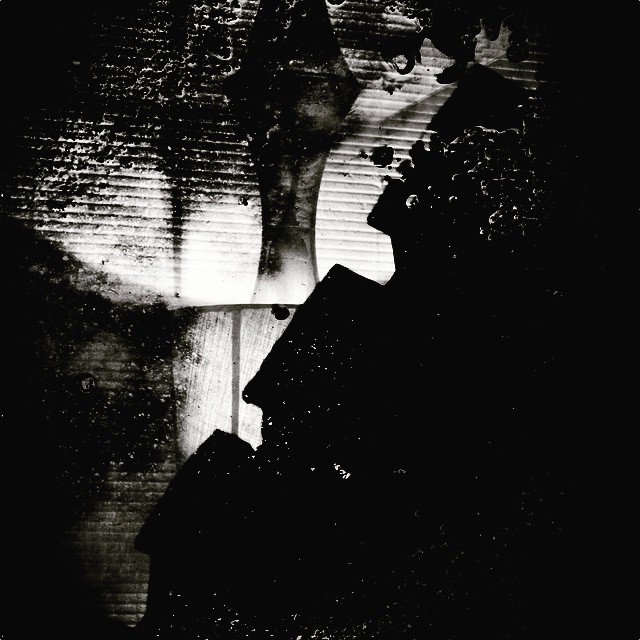
by the_effects_of_silent_noise_ (via https://instagram.com/p/4IQtCQjBUt/)

HLM exp 5 by steven -l-l-l- monteau (via http://flic.kr/p/skv95E )

#1793 hyperspace! by trasiegu (via http://flic.kr/p/poRx1K )

Paris by Etienne Despois (via http://flic.kr/p/s8SE3K )

IMG_20150403_123242 by M1K3Y (via http://flic.kr/p/tUCSw5 )

Wooden Pier by Aerial Photography (via http://flic.kr/p/uPuLMQ )

Colimaçon by Sandrine RB (via http://flic.kr/p/tV2Zco )

Gorgeous Barbican map. The way London is obsessed with erasing itself, I’m not sure we’ll have these for much longer by genmon (via http://flic.kr/p/uRioAf )

simulacra •02 by Benoît Debuisser (via http://flic.kr/p/tWKmef )

Icelandic magical staves (sigils) are symbols credited with magical effect preserved in various grimoires dating from the 17th century and later. According to the Museum of Icelandic Sorcery and Witchcraft, the effects credited to most of the staves were very relevant to the average Icelanders of the time, who were mostly substitence farmers and had to deal with harsh climatic conditions.


Bella Coola Indians. Ceremonial Dance from the Winter Cycle. 1885.

8 May 2013

Schlomographic 3D Camera by fotografm (via http://flic.kr/p/uEsaDa )
Eve is designed for live programming. As the user makes changes, the compiler is constantly re-compiling code and incrementally updating the views. The compiler is designed to be resilient and will compile and run as much of the code as possible in the face of errors. The structural editor restricts partially edited code to small sections, rather than rendering entire files unparseable. The pointer-free relational data model and the timeless views make it feasible to incrementally compute the state of the program, rather than starting from scratch on each edit. We arrived at this design to support live programming but these properties also help with collaborative editing.

Cyanotype by The film soup (via http://flic.kr/p/rGu4z8 )

sketchbook by vavoir (via http://flic.kr/p/uiq31k )
The proactionary principle, a creation of first-generation transhumanist figurehead Max More, is an attempt to turn the precautionary principle upon its head. Where the precautionary principle declares that research and experimentation should only be undertaken after a consensus has been reached regarding the low probability of risky outcomes, More’s proactionary principle damns such caution as being detrimental to the advancement of the species, and advocates that research priorities and funding be allocated in accordance with the potential rewards, rather than risks. By suggesting that the State is not only intruding upon one’s freedom to conduct business, but also restricting one’s potential maximal lifespan, More hits upon a two-pronged formula that strikes right at the heart of what it is to be a wealthy western man: the plebeian moonbats don’t just want you to fail, they want you to die before you’re done.
http://thelongandshort.org/issues/season-four/visions-of-transhumanism.html

by Ana Hipólito (via http://flic.kr/p/ujpJsY )

Stoned mask #Ricoh by BerylGotHerGun (via http://flic.kr/p/oUm7bv )

by Szymon Orłowski (via http://flic.kr/p/ocbw8h )

by sara garsía (via http://flic.kr/p/u9HXvG )

Fear by sora__ (via http://flic.kr/p/urhZv7 )

by Alexandr Paraskiw (via http://flic.kr/p/tASG9G )

pale by catwald (via http://flic.kr/p/nhXCm9 )

Dolor by illa.Mov (via http://flic.kr/p/tNbAis )

white by Indiana C. (via http://flic.kr/p/fFWAVs )

drive home by bcortright (via http://flic.kr/p/tJ5vM3 )

by The-Bell-Jar (via http://flic.kr/p/ngj14b )

Phuket Nine Emperor Festival by 丁得容 (via http://flic.kr/p/dCA9CV )

by Georgia Ponirakou (via http://flic.kr/p/iit2yo )

Onagawa, Miyagi, Huge ship washed inland by image-MILL (via http://flic.kr/p/9x7je2 )

deutsch2050 by brucesflickr (via http://flic.kr/p/uKZeo3 )

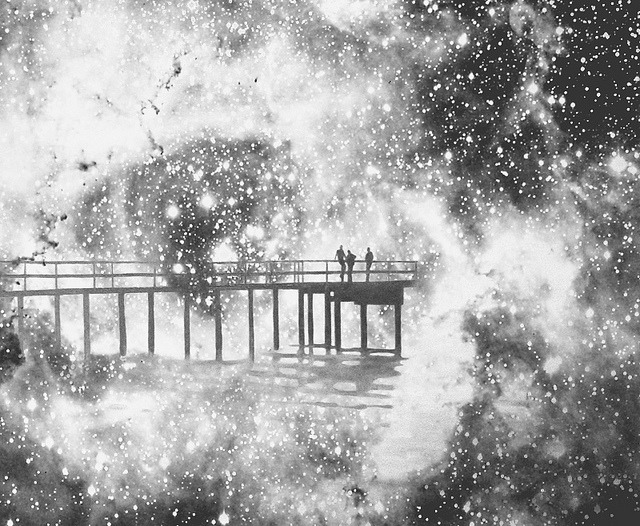
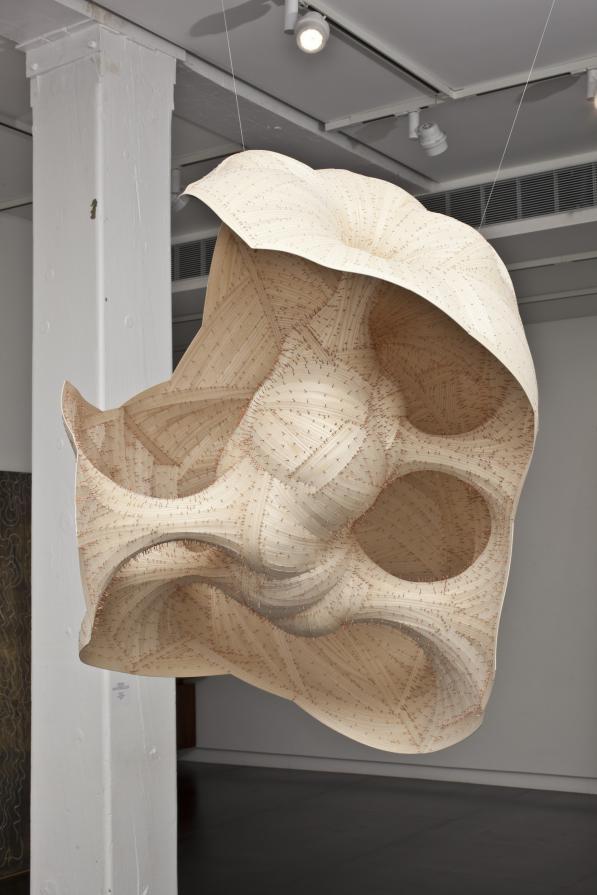


. by Anna Paola Guerra (via http://flic.kr/p/duscAq )

. by Anna Paola Guerra (via http://flic.kr/p/qYLnhU )

20150531 (via http://flic.kr/p/uvGh6Q )

20150530 (via http://flic.kr/p/tRrafM )

20150529 (via http://flic.kr/p/uvFRnb )

20150528 (via http://flic.kr/p/uNgHmT )

luscious encounter by lars on mars (via http://flic.kr/p/tQnuJb )

Titan’s north polar lakes and seas by europeanspaceagency (via http://flic.kr/p/uuUoss )

In Canyons 042 by noahbw (via http://flic.kr/p/uMREzp )

delayed reaction by fac_610 (via http://flic.kr/p/uNaA8X )

(via http://flic.kr/p/uvBMw3 )

(via http://flic.kr/p/uMJUyw )

stuck on earth by lars on mars (via http://flic.kr/p/uEkZ4v )

Hoops and ruins by Benn… (via http://flic.kr/p/uo9ZAt )

Solargraphe - 2 semaines by Photographies sténopés, argentiques, numériques (via http://flic.kr/p/tHTuHF )

accessing other universes by lars on mars (via http://flic.kr/p/tJEYrB )

R0017515 by kenny_nhl (via http://flic.kr/p/upBSwD )

Produc(ed) -3155 by Poetic Medium (via http://flic.kr/p/uG9r7Z )

18 November, 00.57 by Ti.mo (via http://flic.kr/p/uGv9fv )

Cages&cages - Budapest by Rocco Carnevale (via http://flic.kr/p/uEhgYf )

Digital by joseba.eskubi (via http://flic.kr/p/uB1bVK )

m031 by barton attila (via http://flic.kr/p/uz1naQ )
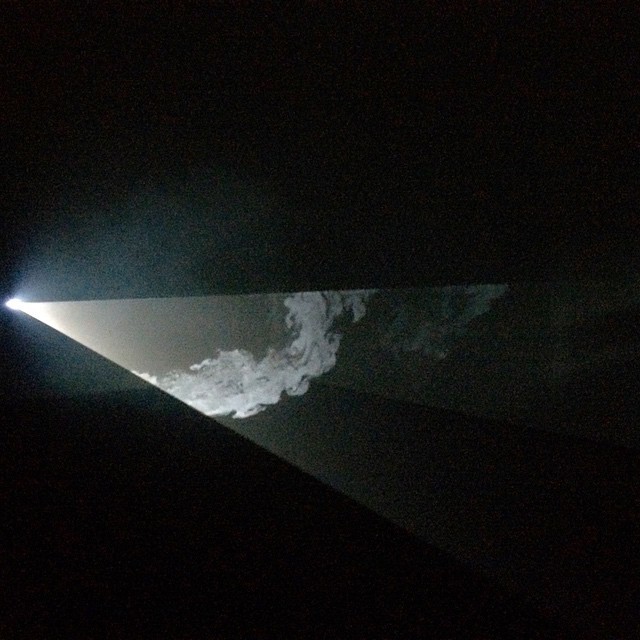
“You must look to the light. But make room for the darkness.” by honorharger (via https://instagram.com/p/339m1Rsusw/)

Digital by joseba.eskubi (via http://flic.kr/p/ujqx9n )

Home.
About as spectacular as it can be.
#StClair #Dunedin by honorharger (via https://instagram.com/p/31ummBMukm/)
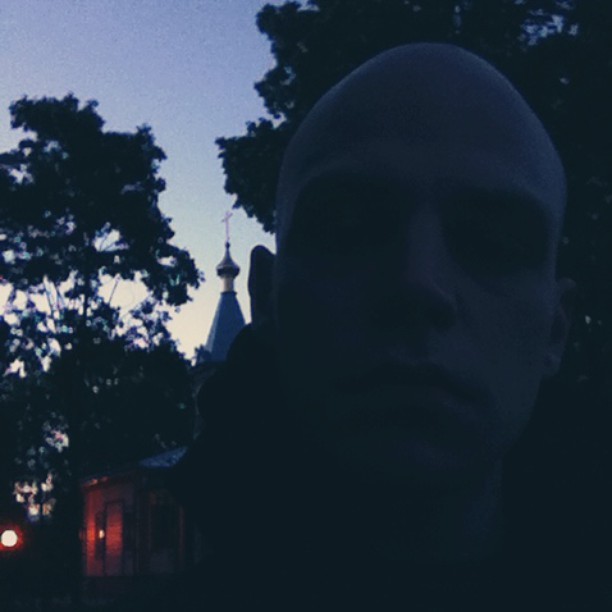
🌚 by lov3cult (via https://instagram.com/p/317jagwK6k/)
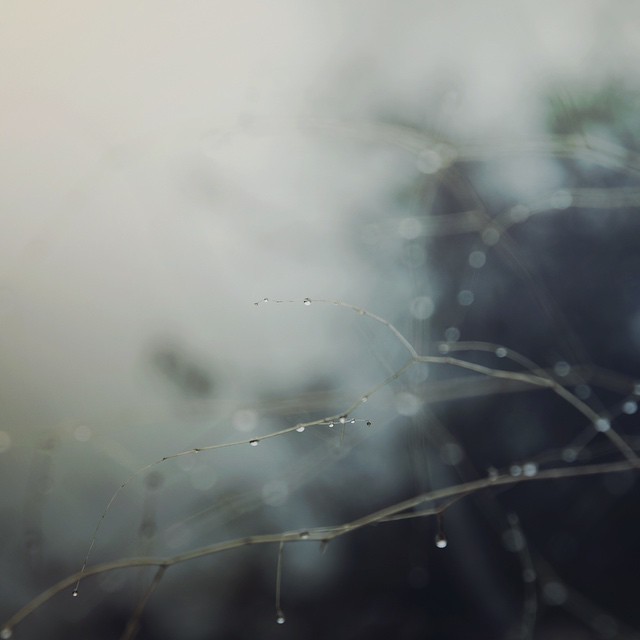
by lluminaria_ (via https://instagram.com/p/31znyUxEfo/)
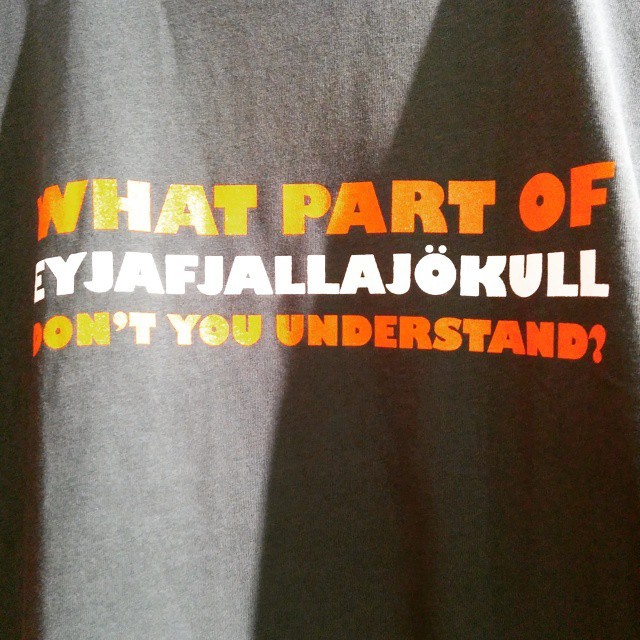
Accidental geoengineering snark. by changeist (via https://instagram.com/p/33a87mvnU8/)
“A predictive historiography of things to come in the future is only possible, if the foreteller himself makes the events happen, that he has predicted in advance.”
–MQ Immanuel Kant, “Renewed Question: Whether the human kind is in steady progress to a better state? (1789)“ (viafuturescope)

“I have written elsewhere of how much art there is responding to science, but it is much harder to find science that learns directly from art, since the goals of the two enterprises remain quite different. Or if they both have a similar goal of revealing deeper truths about nature, one does so with amazing insight, the other with rigorously documented investigation. But Domnitch and Gelfand’s work crosses the line sometimes because it reveals natural phenomena scientists thought were impossible to see or even to create. Their best-known work, “Camera Lucida,” investigates the mysterious phenomenon of sonoluminescence, a physical oddity discovered in 1929, whereby tiny oxygen bubbles bombarded with sound can be compressed enough to faintly glow.”
– Rothenberg, David. Survival of the Beautiful: Art, Science, and Evolution. London: Bloomsbury, 2011. (viacarvalhais)

Andreas Nicolas Fischer; Schwarm VII; [generative Software]; 2013; Dimensions variable;